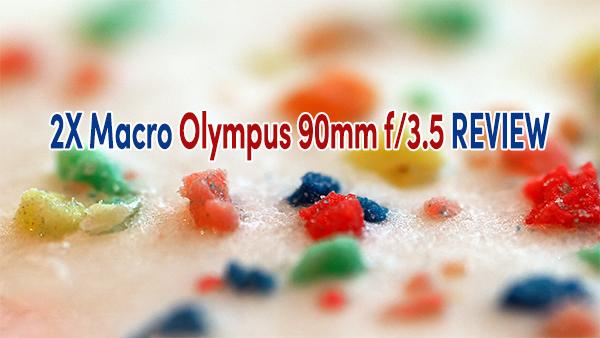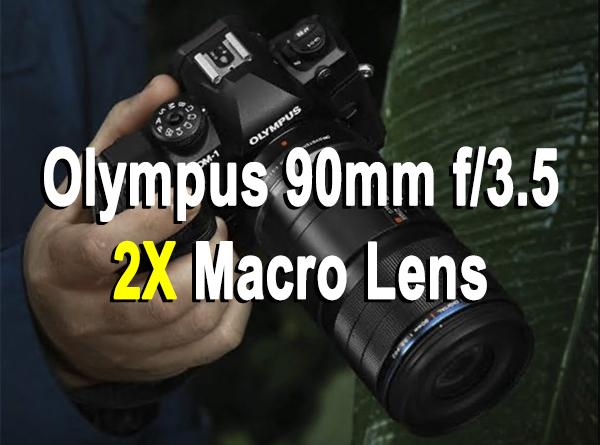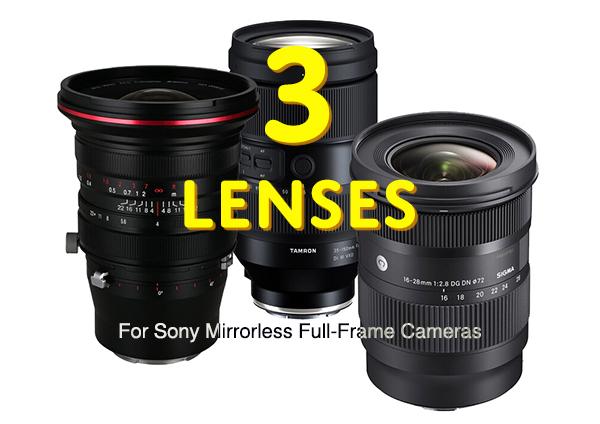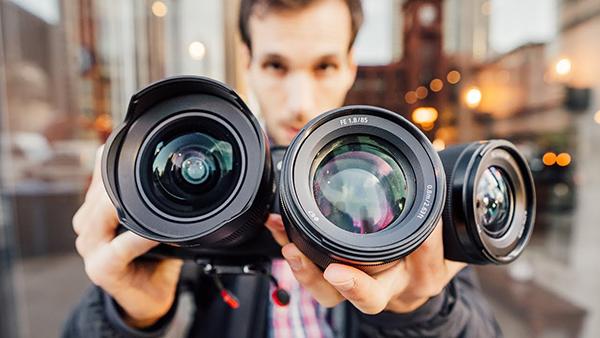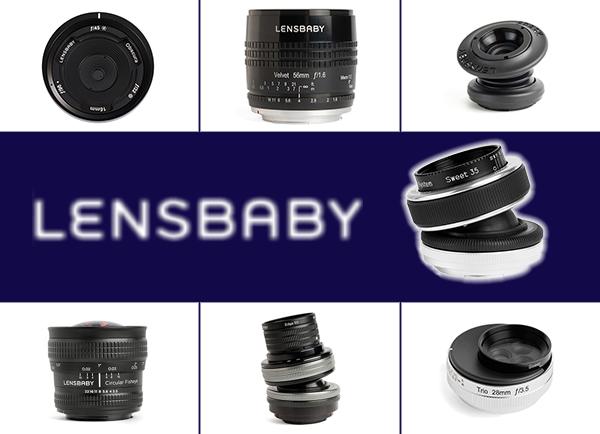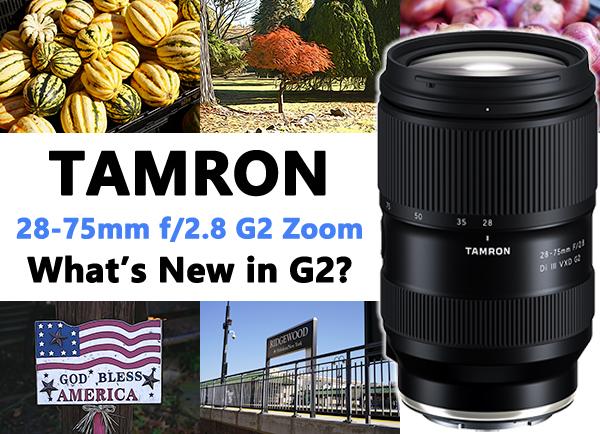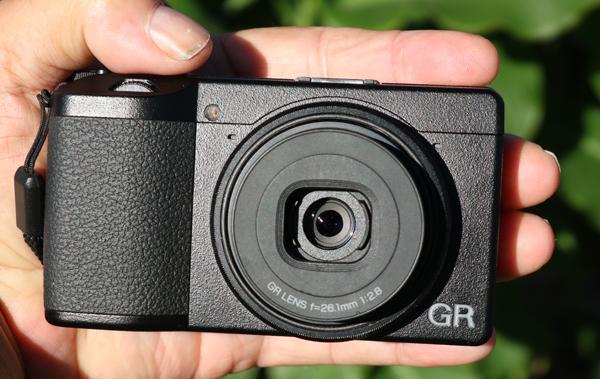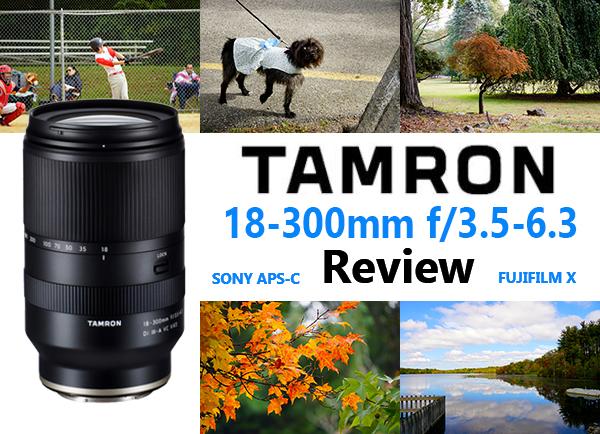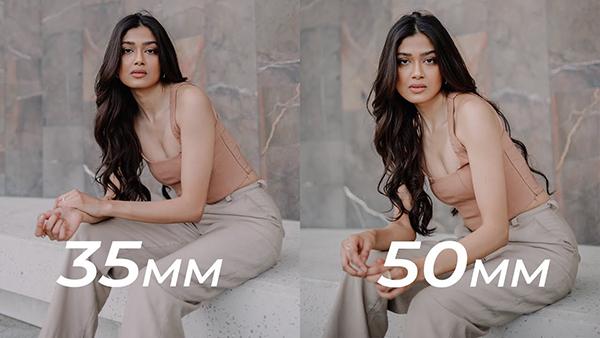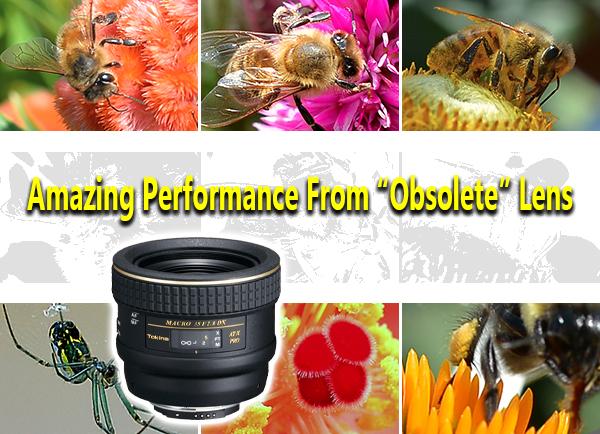Lens Reviews
Sort By: Post Date TitlePublish Date
|
Jun 16, 2023
|
Mar 10, 2023
|
Feb 07, 2023 |
First Published: Feb 08, 2023
|
Oct 21, 2022
|
Sep 01, 2022
|
Jul 01, 2022
|
May 13, 2022
|
Apr 22, 2022
|
Dec 02, 2021
|
Nov 19, 2021
|
Oct 29, 2021
|
Oct 14, 2021

